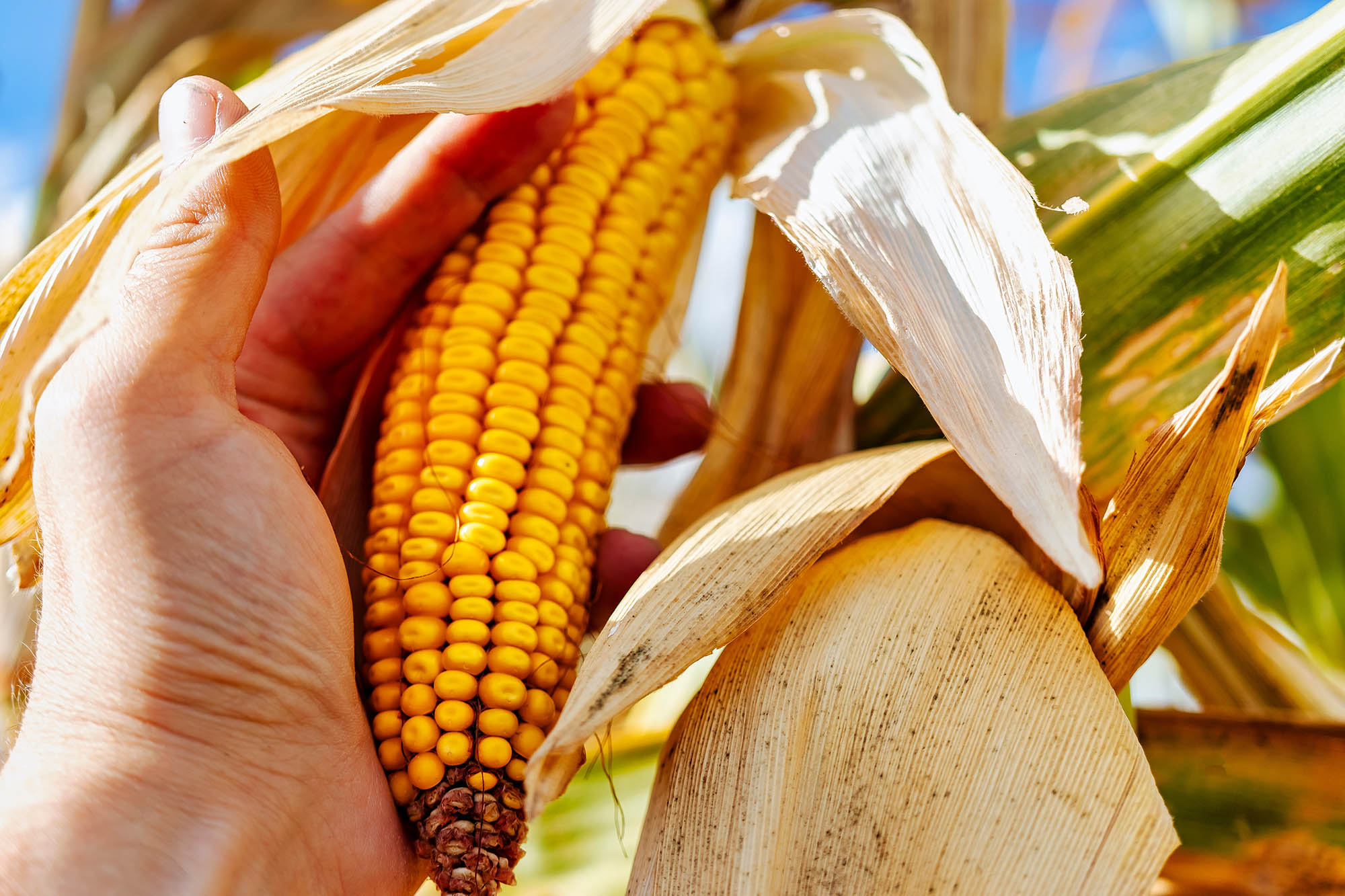Art and culture
The Dinner of "Husking the Corn"

This is the story of how corn became meliga, how that meliga became the ingredient in a “pasta” typical of the Cuneo area, and how, clutching a corn cob in your hands and flaking it, brings Piedmont closer to Mexico.
One of those stories perfect for an end-of-summer dinner party.
How did maize manage to become meliga and have such a different name and evolution from its ancestor Zea Mays?
The meliga‘s journey begins in another world, that of the Americas, that of Christopher Columbus to whom we owe, among other things, the import of the golden grain into Europe.
It is around the early 1500s when a flurry of novelty shakes the foundations of Europe, which in the belt between Spain, France, Italy, the Balkan Peninsula, Ukraine and the Caucasus becomes the cradle of corn cultivation.
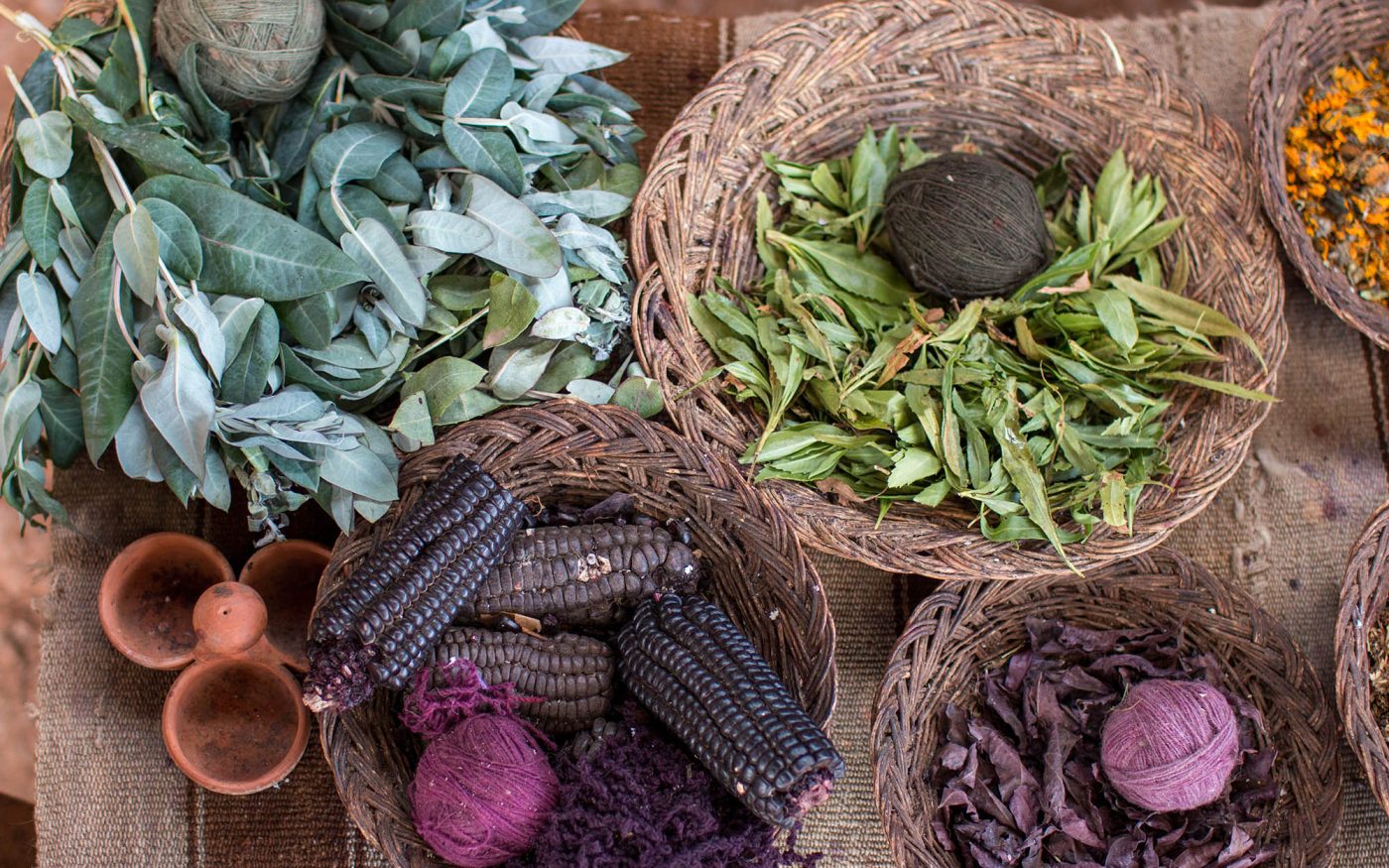
The arrival of corn in Italy, like all new things, was met with distrust, and it is speculated that this very sentiment gave rise to one of the names of this plant, maize, a definition that emphasizes its foreign origin. In the first instance, corn was grown and used to feed animals; only secondarily would it be introduced into the human diet.
Accomplice to a favorable climate, a certain speed of cultivation, and the possibility of being a non-taxable commodity, corn spread very rapidly, becoming the grain of choice in the Po Valley belt for peasant food.
In the 1800s, a disease known as Pellagra, a non-contagious but incurable disease, spread among the peasant population itself.
The instruments in the possession of medicine at that time had blamed a diet too rich in polenta and too poor in other foods for the origin of that terrible disease.
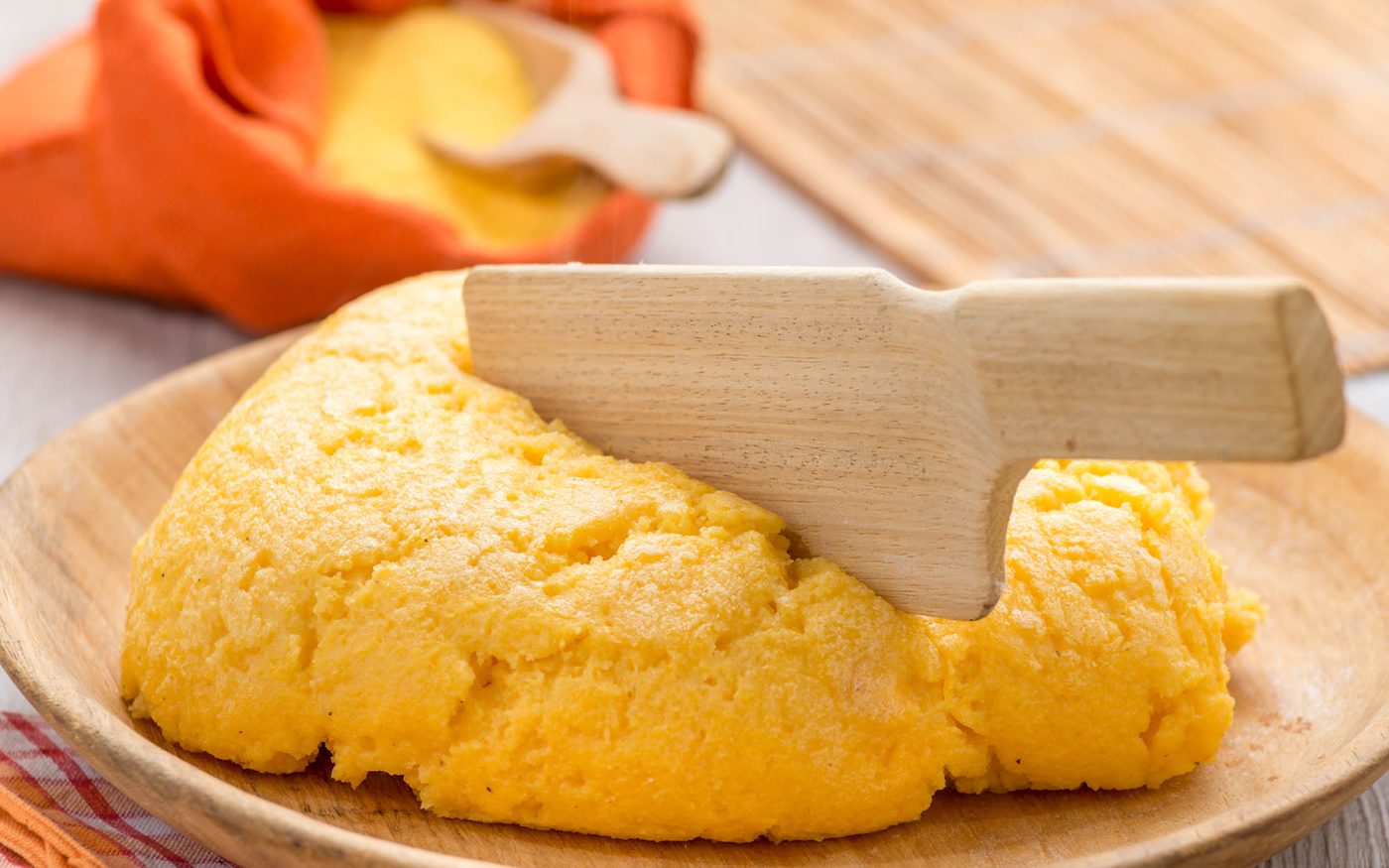
Only more recent studies have shown that rather than overconsumption, the problem lay in improper storage and consumption of the grain, almost as if the journey from the Americas had brought the grain but not the correct instructions for it to be properly included in a healthy diet.
When a seed becomes a plant, it grows, it takes root, it becomes part of a whole, it precisely takes root not only in the soil but in the culture of a place. This is what happened with corn, which became meliga, its cultivation and harvesting created over time traditions and memories that have become part of Piedmont’s agricultural and gastronomic traditions.
By the end of September came harvest time, which coincided with the end of the grape harves, and the farmsteads and their yards were filled with corn cobs, ready to be flaked.
After dinner was the time reserved for this communal rite, the “despojé“, the “meliga” was a choral moment of uniting families who, with confident hand gestures, removed the hard leaves protecting the cob.
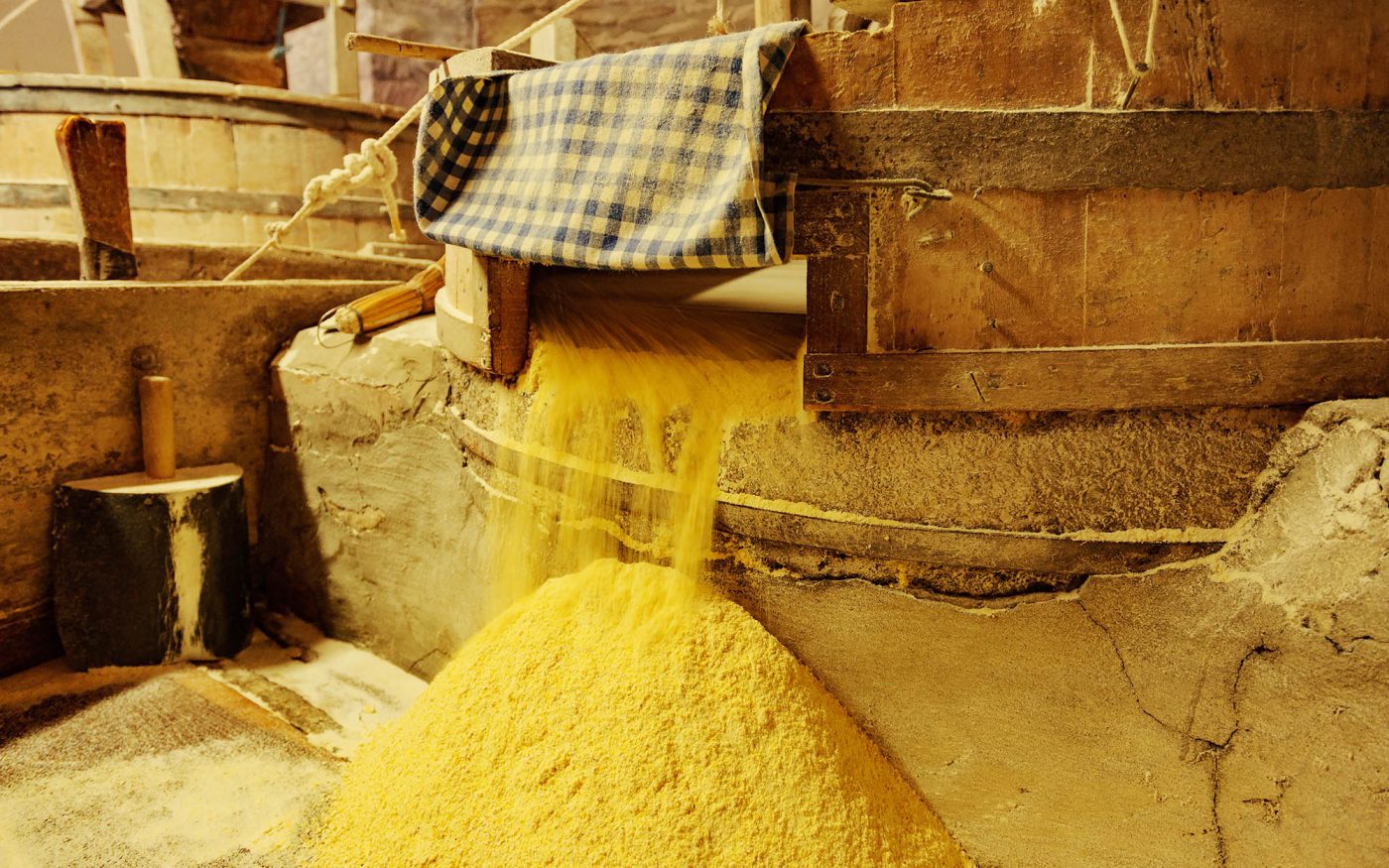
And in that confident and comforting gait of working hands, the mind rested in a chant that became a rosary, interwoven with stories of Masche, of worries and sharing, of a slower time before autumn, when the earth and men rest.
Meliga is a poor but very rich ingredient; its golden-red hues from the Ottofile variety, which grows in our hills, paint polenta dishes until they become Meliga pasta.

The story of the meliga has many names and many faces, has grinded miles and centuries, and has powerfully taken on that delicious and intricate flavor of the sacred and the profane that products that make a revolution carry.
And we imagine a vociferous, dancing courtyard of a Piedmontese farmstead, women, men and children, and we imagine a courtyard on the other side of the world, men, women and children, each leafing through, each with his or her own grain of tradition to take to communion.
In September, in the Cuneo region we celebrate the ripening of corn, or corn husks.
A cascade of orange-red kernels arranged in panicles, a ray of sunshine in the incipient autumn, when already the Dolcetto has been harvested.
On the hills of the Langhe, the grape harvest is celebrated: it is a brief ritual that takes place only in the rows and is consumed in the joy of detaching the turgid and beautiful bunches of grapes; a quick ritual because of the fear of rain that could ruin the harvest, because of the nagging of the crushing and the subsequent first vinification.
When men drink, then they are rich and lucky and win court cases and are happy and help friends
AristofaneI Cavalieri
The feast is in the hearts and hands of the “vendemmioire” in their brief stop for lunch consisting of a soma d’aj sweetened with a bunch of grapes.
The choral gathering under the courtyard porch to leaf through the meliga, to “despojé” (how many juvenile allusions in this dialect term meaning to strip, in this case the cob, though) can almost rise to a harvest festival, because in La Morra it usually took place between the harvesting of Dolcetti and Nebbiolo.
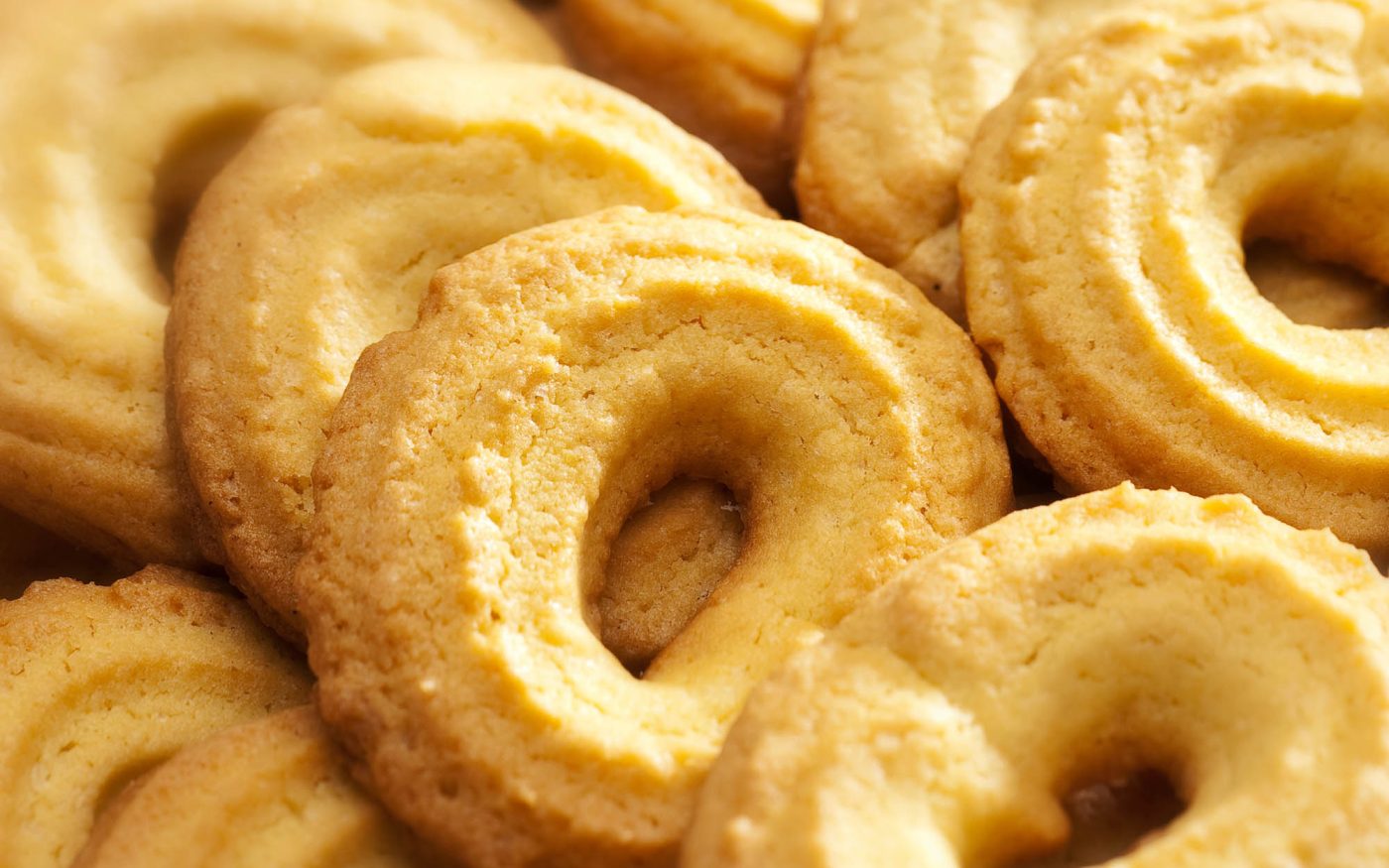
The cobs, left with a few leaves, were tied in bunches and straddled on trellis poles to dry.
A must on this menu is yelow polenta with three exceptional gravies that derive almost from a food archaeology operation: the cognà, the salty tàrtra, and the bagna ‘d l’infern.
It continues with hare al civet, and then, in this menu that twists the classic canons of courses, the cheese plateau is replaced by a steaming bowl of fondue with white Alba truffles.
Finally, the paste di meliga and later, to enliven the company’s conversations, a hot cup of mulled wine.
Only two wines: Dolcetto d’Alba with polenta, Barolo and vintage Barolo to follow, also with dessert.
